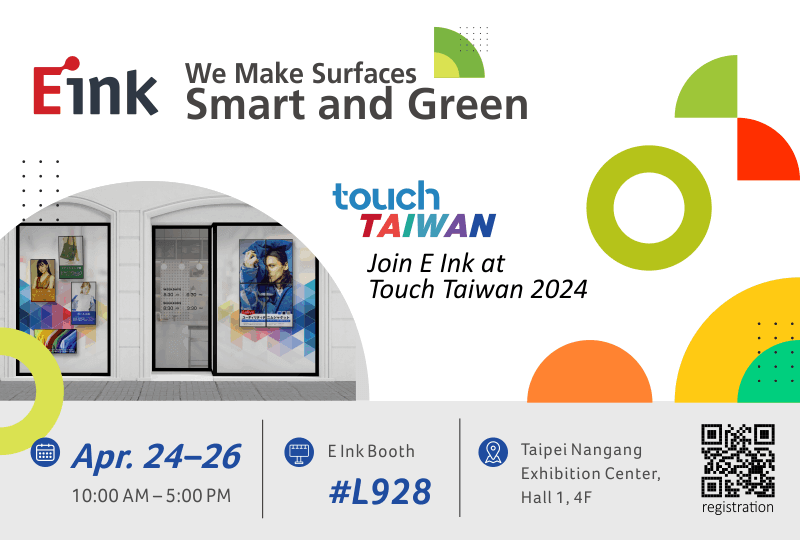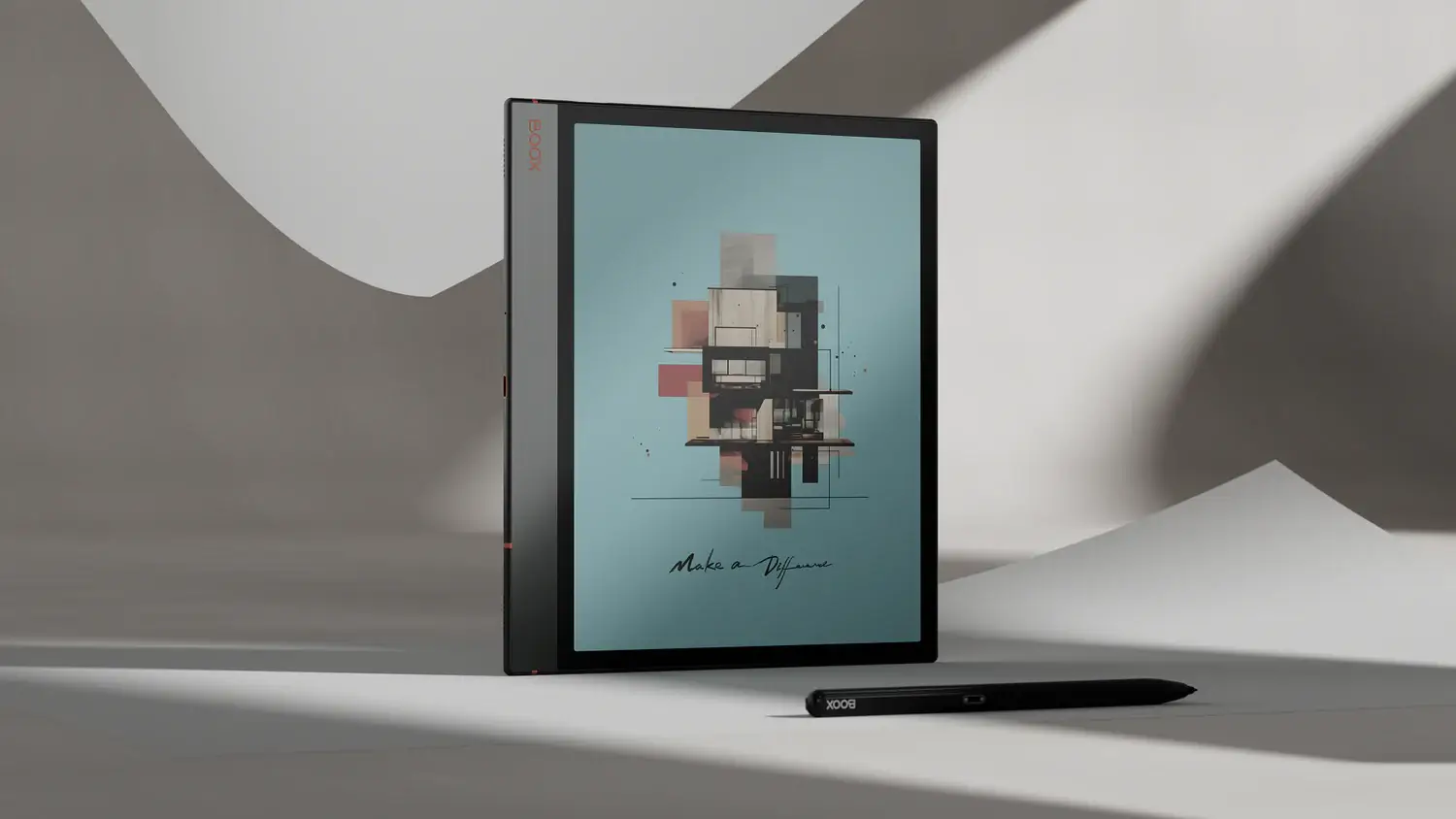The E Ink Kaleido 3 display looks great as an e-paper display. When looked closely, they look very similar to print on paper, which is the reason they are considered the next best thing to paper in the digital realm. While all of that is good, have you ever wondered what it might seem like when the display is viewed under the microscope. Zack Nelson from JerryRigEverything did that using a Dino-Lite digital video microscope that offers 230x magnification. The results are as intriguing as interesting, it must be said.
For one, as the experiment revealed, the pixels on the Kaleido 3 panel seem a lot different than the traditional pixels as seen on an LCD or an LED panel. What is amply evident is the use of the mix of primary colors red, green, and blue. This verifies it to be an RGB display after all and there are 4000 colors in there. That’s far less than the millions that conventional displays sport but is still better than the monochrome e-paper displays we have had all along.
Another unique aspect of the Kaleido 3 display is that it has a higher 300 PPI resolution in black and white mode though it halves to 150 PPI when viewing color content. Nelson used an Onyx Boox Note Air 3C tablet for the test which comes with a 10.3-inch Kaleido 3 display. More recently, Kobo released it first range of color e-readers, the Kobo Clara Colour and the Kobo Libra Colour both sporting Kaleido 3 displays.
What the video below to find out how the Kaleido 3 display looks likes in its most bare form when subjected to 230X magnification.
With a keen interest in tech, I make it a point to keep myself updated on the latest developments in technology and gadgets. That includes smartphones or tablet devices but stretches to even AI and self-driven automobiles, the latter being my latest fad. Besides writing, I like watching videos, reading, listening to music, or experimenting with different recipes. The motion picture is another aspect that interests me a lot, and I'll likely make a film sometime in the future.

